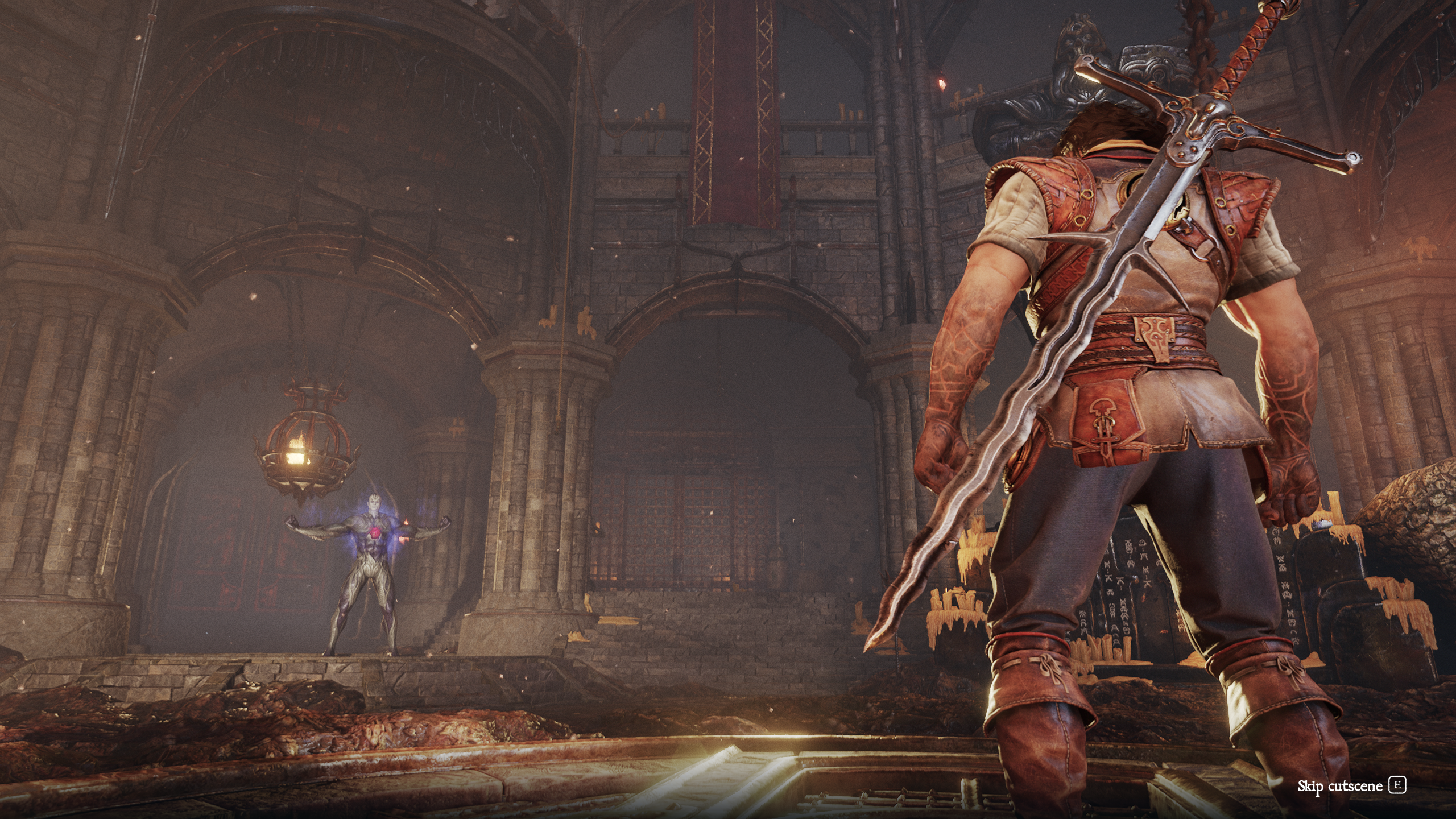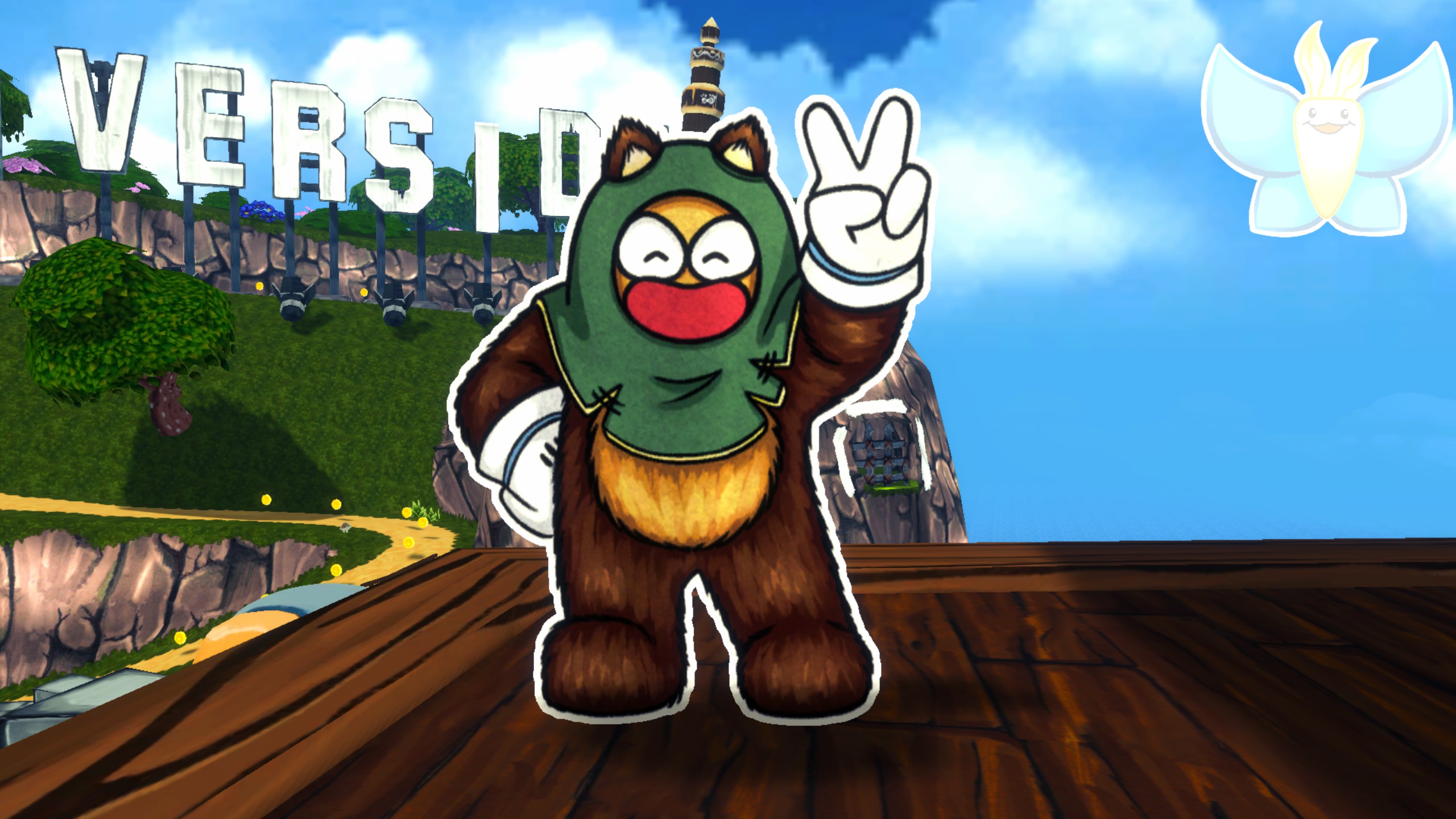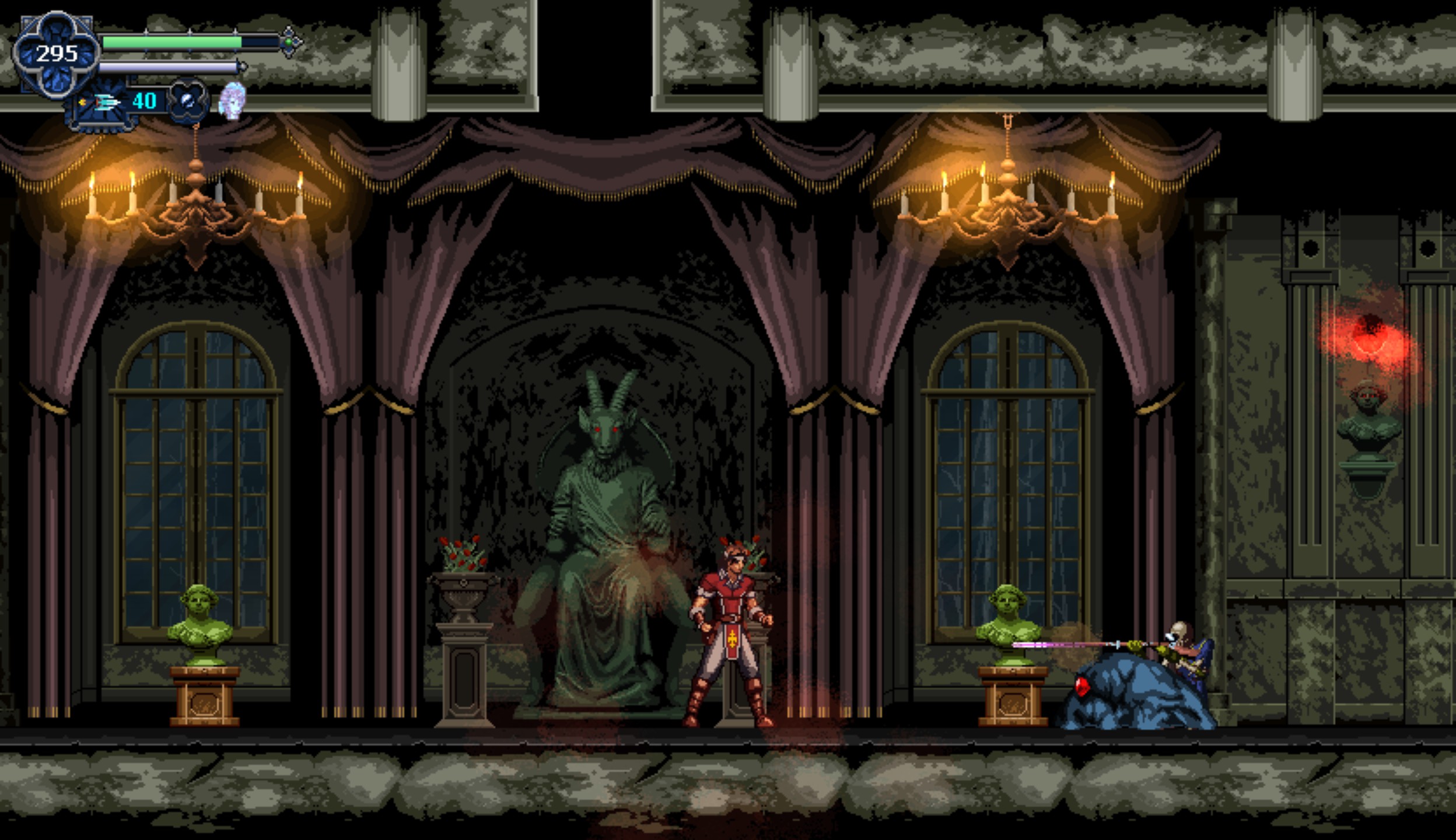When a Western studio makes a game clearly inspired by the Souls series, there are certain things you can usually count on. Uninteresting game design, overly derivative combat meant to blatantly copy from its inspiration, and a complete dearth of new ideas. Blades of Fire has mercifully not only sidestepped these issues, but has even slammed them upside the head with a hammer. The game might not redefine anything, but this is a creative, lengthy game with a huge amount of excellent exploration and some truly unique ideas that come together to make for a gripping experience on its own merits.
A lot of the standard Souls attributes are present and accounted for. There are objects that, once rested at, heal you, refill your healing items, and bring defeated enemies back to life. Stamina is drained by attacking and dodging. Dying causes you to drop something important. The areas allow you to open new shortcuts leading back whence you came. But I couldn’t help but feel that Blades of Fire simply didn’t feel much like a Souls-like while playing it. It’s one of the few games that actually manages to take this inspiration and make it feel like it isn’t indebted to it.
The most immediate unique quality here is the combat. Instead of having a heavy and light attack, you have four different attacks. Face buttons correspond to the direction of these, as you can attack from either side, above, or below. Additionally, each of these four attacks can be charged for a stronger variant which is much less safe. Combat has weight to it without feeling sluggish and enemies react well to taking damage. Charged attacks that kill an enemy will often decapitate or de-limb foes based on your direction, which is particularly brutal, especially considering how the game slows down time and zooms in upon landing these.
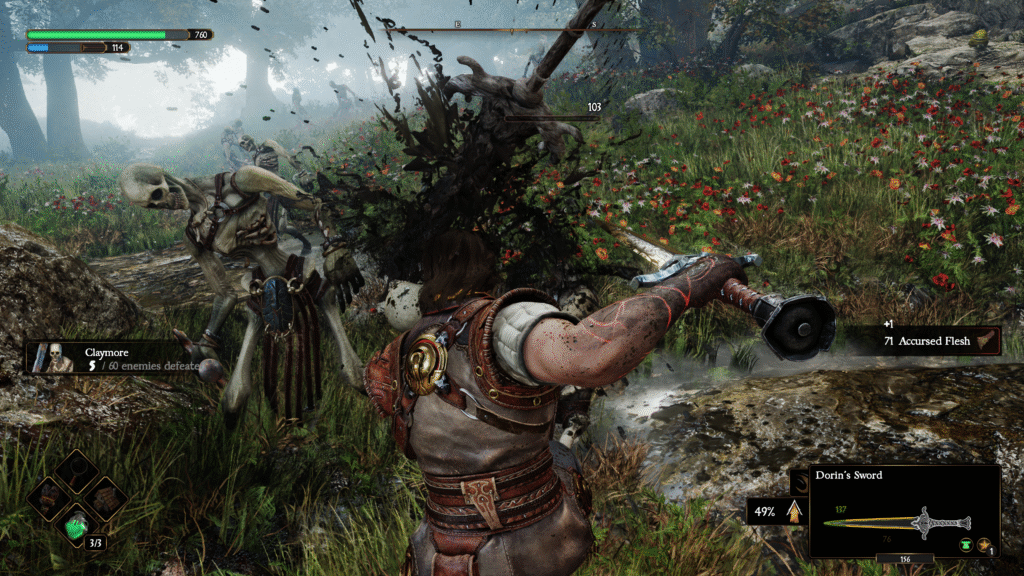
Despite the above, Blades of Fire‘s combat isn’t focused at all on having to use these different directions to bust through an enemy’s defence. They don’t use directional blocking or anything of the sort. The directions are more relevant in regard to your environment. An enemy in a narrow space probably can’t be hit by side attacks, as your weapon will bounce off walls. Granted, enemies sometimes are more vulnerable in certain parts of their bodies. Some enemies have their vulnerable parts change during the course of battle, such as a wooden enemy that I find severely annoying.
When first locking onto a foe, they’ll glow green, yellow, or red, either over their entire bodies or in specific sections. Green means enemies are weak to the weapon and damage type you’re currently using, yellow means it’ll damage them but not do maximum damage, and red means that you can’t hurt them at all. There are three types of damage at your disposal – slashing, piercing, and blunt. Weapons can have a couple of these damage types on them. For instance, a sword naturally slashes, but switching to a piercing stance will let you stab at enemies.
However, the main defining feature of Blades of Fire are these weapons. Instead of similar games where you’ll pick up new weapons and gear as you explore, you don’t really find any of that here. You’ll find crafting materials that are used to forge your own weapons. All you have to do is get scrolls to make these weapons by defeating a certain number of specific enemy types, then you just need to travel to the forge via the game’s anvil rest points. Once you select your weapon, you’ll choose from different parts that will change what aspects you’d like to enhance.
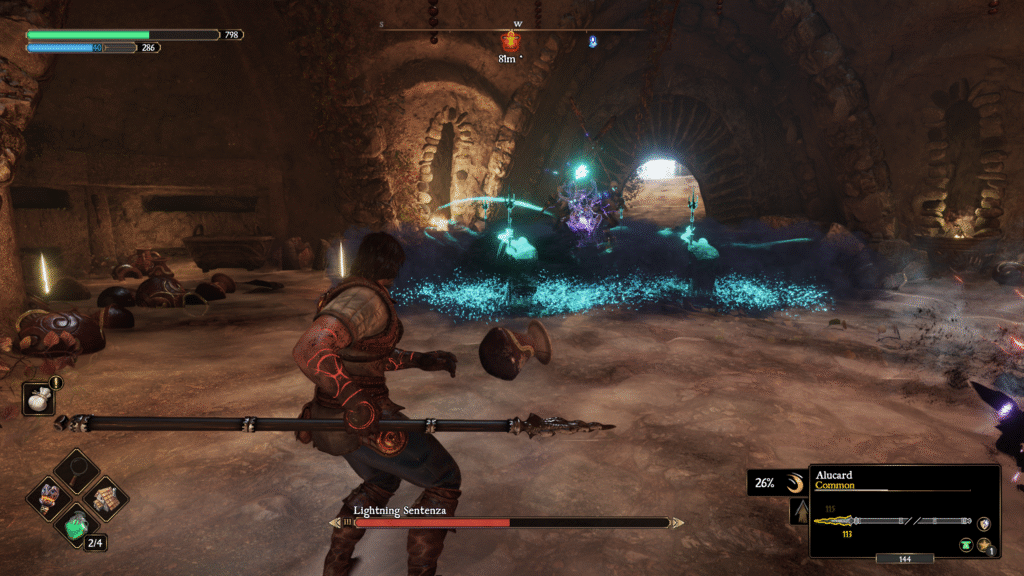
For instance, increasing a weapon’s damage will reduce the overall amount of stamina you have available while you’ve got it equipped. Depending on what you choose, your weapon can have longer or shorter ranges, but there’s always a trade-off for increasing damage and range. Similarly, trying to max out your stamina, block, and how wide the weapon’s parry window is (which you use by blocking within said window) will reduce your weapon’s damage. Once you’ve settled on which parts you want to use (you’ll unlock more of these by interacting with statues that display each weapon type), you then literally forge your weapon.
You do this via a mini-game where you hammer bars to try and make them fit the template. The more closely it fits the template, the more stars you’ll get. Up to a maximum of seven stars are available if you’ve improved how many stars a weapon has via items you’ve found. Each weapon has its own durability that gets degraded with use. If it runs out of durability, it breaks and you’ll need to repair it. But once a weapon is out of repairs, it can’t be repaired again. This might sound like a pain, but weapons mostly last for hours anyway, especially once you get better at the forging mini-game.
That’s easier said than done, however, as this mini-game isn’t explained all that well, resulting in my early weapons having fewer repairs. An interesting choice is that, once you’ve forged a weapon, a memory is saved that will let you re-use previous attempts at forging, meaning you can get full repairs as long as you’ve done it before. Unfortunately, there are a few issues with the weapons themselves. The biggest of these is that blunt weapons are simply a better choice all-around. Bladed weapons need to be sharpened because as you use them, their sharpness is decreased. Low sharpness will lower damage and eventually cause attacks to bounce off enemies.
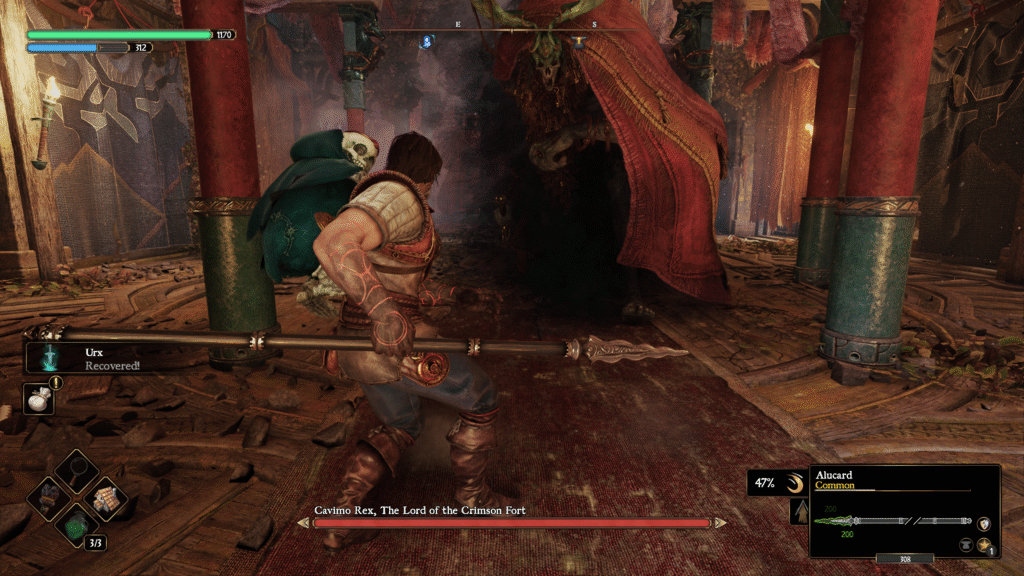
You’ll need to routinely sharpen these weapons, at the cost of their durability. Of course, blunt weapons don’t have this issue, plus blunt attacks are strong against enemies more frequently than bladed ones (especially before you start having higher armour penetration on your weapons.) For a huge amount of the game, I mainly used hammers, only switching when enemies were resistant (which wasn’t particularly often.) Thankfully, new weapon types you unlock can also do blunt damage, plus you get small, dual hammers at one point that are just incredibly fun to use.
Instead of dropping some sort of currency upon death, you’ll lose whatever weapon you’re currently carrying. If you fall to your death (which can happen quite easily,) you’ll also drop your weapon. Dying on your way back to it will, naturally, see you lose your next weapon, but none of them get erased, so you can’t permanently lose anything. I personally thought this was fine and that it intermingles with the rest of the weapon systems in the game. Granted, losing your primary weapon and having to fight through enemies to get back to it without a weapon they’re weak to can sometimes be a pain.
Instead of reusing the common level-up methods that the genre loves to trot out, Blades of Fire is more akin to a Metroidvania in this respect. You’ll find chests all over the world that contain powerups, including health and stamina gems that give you, you guessed it, more health and stamina. There are tons of these to find, making exploration feel very rewarding. Expect to find codexes that allow you to get more stars for weapon repairs for certain types, as well as increase the effectiveness and number of your heals.

One of the ways Blades of Fire sort of falters, on the other hand, is in its level design. Areas can be confusing or look too samey in spots, even with a map. Plus the game’s signposting can be kind of poor. I ran around in one area for an extra hour-and-a-half at least because I didn’t realise I had to drop into an opening on a random roof and then drop off of one of two ledges to find the area boss, a pretty frequent occurrence. Thankfully, you can choose to put a marker on your compass telling you where the next quest objective is, but the game doesn’t outright tell you this.
Despite that, the overall world is well-realized. The adventure unfolds over large, connected maps which aren’t actually all that interconnected as one might hope. But there are times where you’ll need to return to places you’ve been previously, even later in the game, as you’ll unlock new runes that will open up locations that were locked prior. On occasion, new areas can look too similar to others (especially when they’re out in nature), but there’s also more than one natural biome, so this isn’t as big of a deal as it might seem.
Blades of Fire is an excellent action adventure that I found it easy to dump hours into. The game is fairly long, looks great, and has very satisfying gameplay, in addition to the excellent forging system. Plus there are plenty of optional upgrades to chase. I truthfully think this is the best game MercurySteam has ever made and an excellent addition to the libraries of anyone that’s fond of action adventure games.
Blades of Fire: Loaded with great exploration, weapon crafting, combat, and a lot to see and do, Blades of Fire is one of MercurySteam's best. – Andrew Farrell

